Structured interdisciplinary rounds (SIDRs) are a way for interdisciplinary teams to enhance their teamwork and collaboration, by strengthening communications between members around care plans for patients.

Please click the links below to download a modified version of this module which teams can use to conduct sessions via video conferencing rather than in-person.
Structured Interdisciplinary Rounds remote session outline
Structured Interdisciplinary Rounds remote handouts and outcomes template
When running this remote module, participants may need to be separated into sub-groups for discussions. Please view this brief video conferencing note for guidance on how to do this.
Note that your organisation may have policies on which video conferencing tools are permitted to be used.
This session will create a space for teams to discuss the use of structured interdisciplinary rounds as a tool for communication. The participants will draft a plan for how to best implement structured interdisciplinary rounds in the team.
1-2 team members can facilitate discussions and ensure everyone has the opportunity to contribute. One facilitator can act as whiteboard/flip chart scribe to collect ideas and outputs, and identify common themes from discussions.
The session is structured as follows:
- Welcome and introduction (5 minutes)
- Icebreaker and discussion (10 minutes)
- Introduction to Structured Interdisciplinary Rounds (10 minutes)
- Group exercise (15 minutes)
- Facilitated discussion (20 minutes)
- Session feedback and close (5 minutes)
SIDRs allow for better sharing of information between members of the interdisciplinary team, and give the patient a direct point of contact with all members of the team so they can be involved in their interdisciplinary care goals and decision making. The use of SIDRs can help with communication of patient management plans, increase inputs from the whole team, and improve clarity of tasks.1
References
- Cao V, Tan LD, Horn F, Bland D, Giri P, Maken K, Cho N, Scott L, Dinh VA, Hidalgo D, Nguyen HB. Patient-Centered Structured Interdisciplinary Bedside Rounds in the Medical ICU. Crit Care Med. 2018 Jan;46(1):85-92. doi:10.1097/CCM.0000000000002807.
